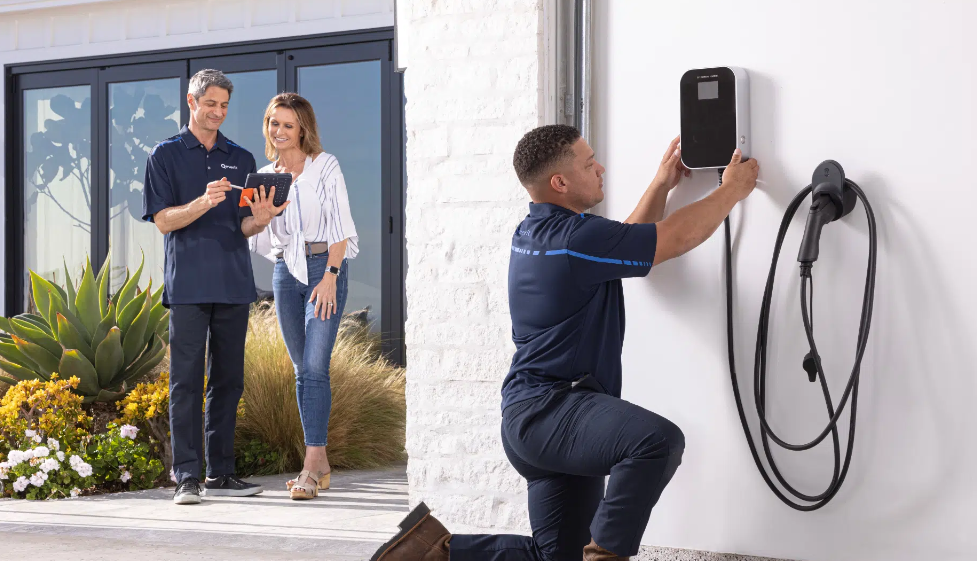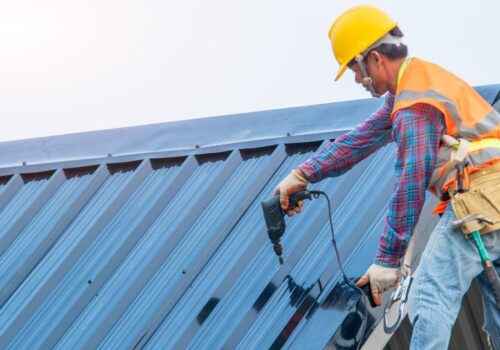How to Prepare Your Home for EV Charger Installation
With the rise in electric vehicles (EVs), more homeowners are opting for an at-home charging solution. However, before you jump into the process of EV charger installation, there are a few key steps you need to take to prepare your home. From assessing electrical capacity to planning the installation site, getting these things right ensures your EV charger is efficient and safe.
1. Assess Your Electrical Capacity
Before anything else, check your home’s current electrical capacity. EV chargers require a significant amount of power, and older homes may not be equipped to handle the additional load. Consulting with a qualified electrician will help you determine if your current setup can support the charger or if an electrical panel upgrade is necessary.
2. Choose the Right Location
Location is crucial for an efficient EV charging setup. Consider a spot close to where you park your vehicle, preferably within a garage or carport to protect both your car and the charger from the elements. Ensure the chosen area is easily accessible for both you and the electrician during installation.
3. Plan for Wiring and Circuitry
Installing an EV charger may require additional wiring to be run from your electrical panel to the charging unit. A licensed electrician will ensure that the correct type of wiring is used, and that the circuit is dedicated to the charger, preventing potential overloads.
4. Consider a Backup Power Source
In case of power outages, you may want to install a backup power source like a generator or battery storage. This ensures that your EV charger can function even when the grid goes down, giving you peace of mind, especially during critical times.
5. Sync Your EV Charger with Other Systems
If you’re looking to integrate your EV charger with a smart home system, now is the time to plan. You could potentially sync it with your home’s energy management system or even pair it with renewable energy sources like solar panels. While you’re at it, you might want to look into security system installation to keep your charging setup and EV safe.
6. Obtain Necessary Permits
In many regions, you’ll need a permit before proceeding with the installation of an EV charger. Ensure you’re aware of local regulations, and have any required documentation ready to go before your installation date.
Being prepared for EV charger installation ensures a smooth process and maximises both safety and convenience. With proper planning and professional guidance, your home will be ready to handle this eco-friendly upgrade.





